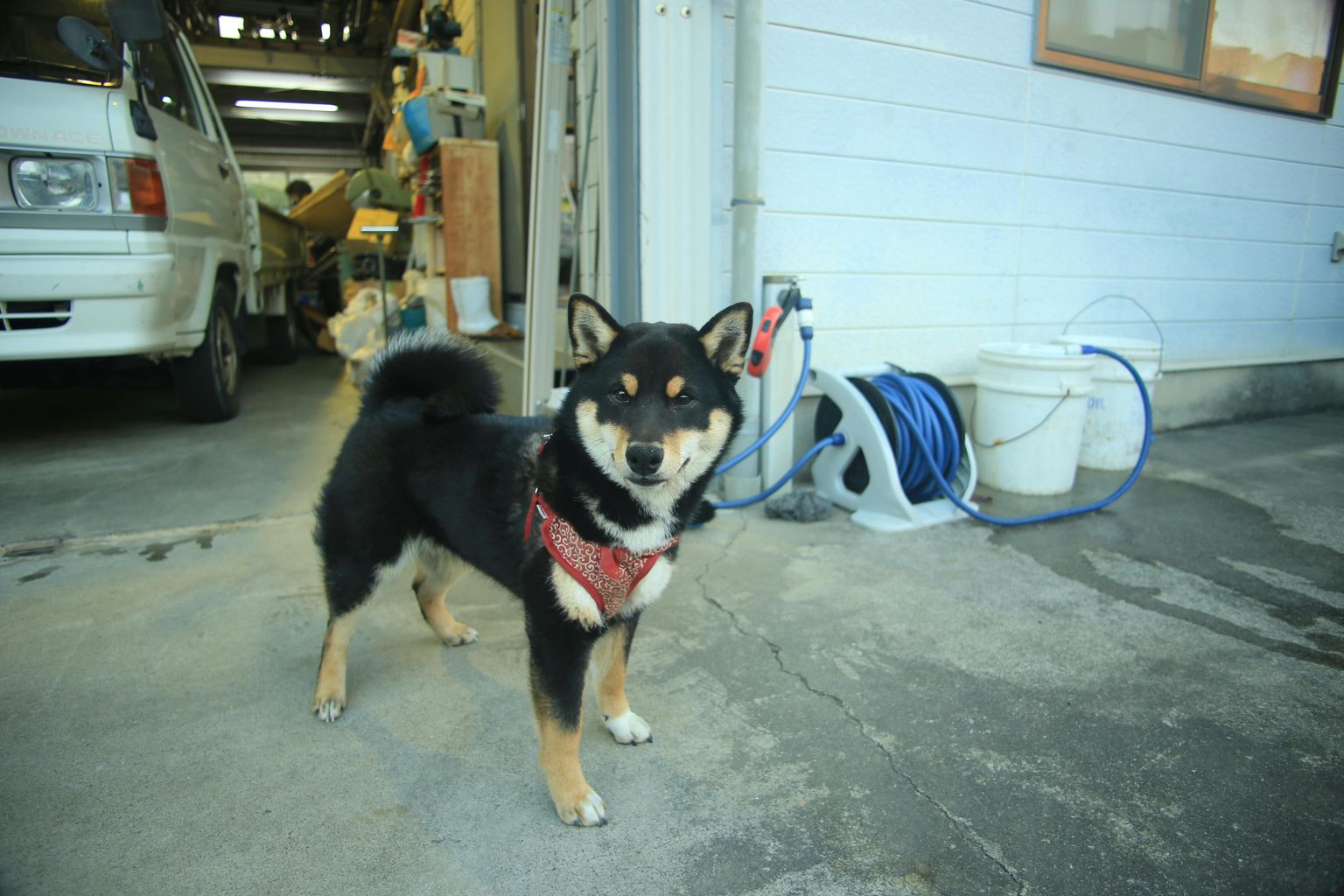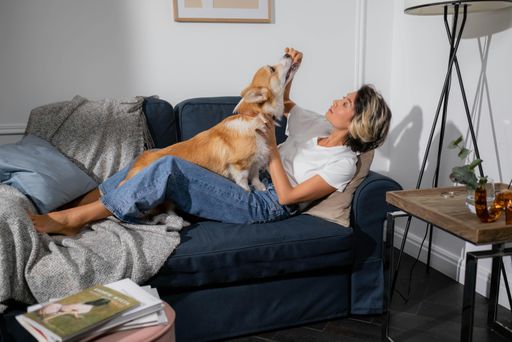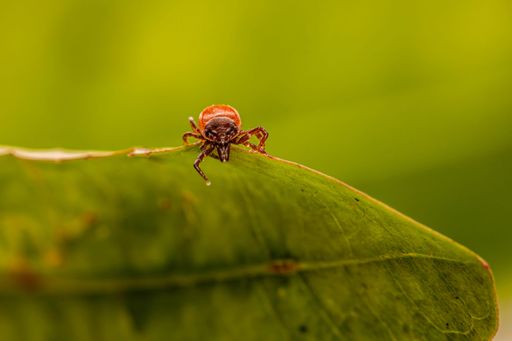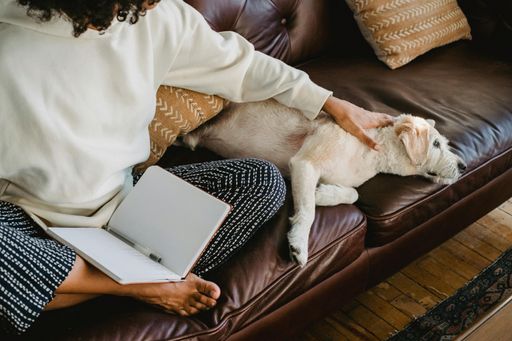As pet parents, we want to do all we can to keep our four-legged friends as safe as possible. While we can keep them away from safety risks in the home, outdoors is a different story. The garage is a hazardous environment for everyone, humans and pets alike, so we need to take extra precautions here to keep our cats and dogs safe from harm.
Assess Your Garage
You may think that a garage would make a useful place to set up a cat or dog enclosure, especially if you have access to the space from inside your home, but you need to remove certain household items and materials first. Liquids like motor oil, antifreeze and cleaners, paints and polishes are all typically stored in the garage, but these are incredibly dangerous to pets, so they need to be locked away at all times.
Likewise, pest control powders, batteries, fertilisers and anything else your pet might nibble at need to be removed from sight to avoid an accident. Adding lockable storage containers or cupboards can help keep pets safe and your garage more organised, alongside making sure that plug sockets are covered.
Add Ventilation
It’s crucial to make sure your garage is well ventilated to avoid your four-legged friends becoming exposed to toxic fumes from vehicles or tools, and prevent extreme temperature shifts by insulating the space. Cooling units are better than fans at making sure you can control the risk of heat stroke, but if the temperature dips or rises too much, limit pet access to the garage to avoid any risks.
Security and Access
Older garage doors can pose a safety risk for everyone in the family, so if your door has seen better days, it might be time to upgrade to a newer model. An automated door can be a useful addition as they’ll have sensors and auto-reverse functions to prevent accidental closures. You can also open and close it from the outside with ease, to prevent your pets from getting in or out as necessary.
Adding pedestrian access, as Wessex Garage Doors highlight, “is a valuable home improvement that offers numerous benefits”. It can make your garage more accessible, and means you can incorporate a cat or dog flap in the door without making it unsecure to unauthorized visitors.
Choose Pet-Friendly Flooring
Not only do you want your garage to be safe for your pets but you also don’t want to have to make repairs and replacements every few months as a result of them going in and out. Soft and flexible surfaces, or further materials that can scratch or chip easily, can make it hard to keep your garage looking its best when sharp claws are walking across them. Harder surfaces like resin, tile or linoleum are a better choice for garages, as they won’t be as susceptible to damage and they’re easier to clean when your pet is shedding.
Maintenance and Ongoing Care
Regular maintenance is essential for knowing when you need to make repairs to your garage door. Carry out a monthly check to make sure the safety features are working properly and the door is opening and closing as it should, and schedule a professional servicing once a year for a more in-depth assessment.
You can check the reverse mechanism is working well by putting some cloths across the threshold of the door—when you close it, it should sense they’re there and reverse automatically. If it doesn’t, it’s a sign there’s a problem with the door so call out a professional to solve the issue.
Another tip is to avoid leaving the garage door cracked open, as this will age the springs prematurely and mean you need to replace components more regularly. Instead, keep windows and internal doors open a fraction to allow air flow without posing any security risks or damage to the door.
Add Pet-Friendly Amenities
If you know your pet will be going in and out of the garage, make sure it’s set up for them to be comfortable. Create a safe space for them to retreat to, with a dedicated sleeping area and access to clean water in non-tip bowls (especially in the warmer months). It’s also a good idea to leave a few toys for them so they don’t get bored – meeting their essential needs is vital but you also want to ensure their happiness too, so make sure they have a way to stay engaged.
Know Your Pet’s Limits
Even with the safest garage setup. It’s important to understand how long is too long to leave your furry friend alone. Dogs are highly social animals, whilst cats are often much more independent, so their daily needs are different.
Guidelines for Dogs
Generally speaking, adult dogs should not be left alone for more than 4-6 hours at a time. This is as much about their bladder control as their social and emotional wellbeing. Leaving a dog alone for a full workday (eight hours or more) is not ideal without planning for a midday break, such as a dog walker or a quick trip home. Long periods of isolation can lead to anxiety, loneliness and destructive behaviors. Puppies and senior dogs require even shorter time limits due to more frequent needs for bathroom breaks, food and general attention.
Guidelines for Cats
While cats are often more independent, they still shouldn’t be left alone for excessive periods. An adult cat can typically be left alone for up to 12 hours, but this can vary by individual. Kittens and cats with medical conditions or anxiety, need much more frequent care. If you’re leaving them alone for a full day or overnight, ensure they have ample food, fresh water, and a clean litter tray/box.
In either case, it’s important to always make sure your pet has access to fresh water, a comfortable resting place, and a well-ventilated, temperature controlled environment.
Your Peace of Mind
Making your garage a pet-friendly space is all about taking small measures to create a cosy and comfortable area for them to sleep or play, without putting them at any safety risk. From sharp tools to toxic chemicals and intense heat or cold, there are so many threats that could put your pets in danger, so before allowing them access to your garage, follow these tips for peace of mind. Remember too, that the garage should never be a long-term living space for your pet, but more a safe, temporary space when needed.


















